

1:30 am IST - 3:00 am IST
Past Event
Content from the Brookings Institution India Center is now archived. After seven years of an impactful partnership, as of September 11, 2020, Brookings India is now the Centre for Social and Economic Progress, an independent public policy institution based in India.
Anchor: Ateev Mehrotra, M.D., Associate Professor, Department of Healthcare Policy, Harvard Medical School
Discussant: Shamika Ravi, Fellow, Brookings India
Brookings India, with the University of Chicago Centre in New Delhi, held a discussion on “Delivery Innovation as a Means of Fixing Healthcare” on 19 February 2016. The discussion was anchored by Ateev Mehrotra, M.D., Associate Professor, Department of Healthcare Policy, Harvard Medical School. The focus of the discussion was to assess the impact of low cost access to healthcare in the United States in spite of high spending, and the role innovation can play in expanding access to healthcare in both the U.S and India.
The social development and economic growth of a country is difficult to achieve without an accessible, affordable and efficient health care system. The health sector continues to consume an escalating share of income of the people, making it imperative to implement effective healthcare services and integrate cost-cutting new technologies. Innovation can play an important role in expanding access to healthcare both in the United States and India.
Healthcare consumes a large share of income in both developed and developing countries alike. Innovations can help in finding ways to deliver care effectively at significantly lower costs while improving access and increasing quality. Innovative service delivery options such as telemedicine, retail clinics, and symptom checkers have had a positive impact on healthcare access, quality, and affordability in the United States. These innovations can be applied in the Indian context as a means of fixing healthcare delivery. However, unlike innovations in consumer products sectors, innovations in healthcare are more complex due to the inherent nature of the industry itself. The healthcare sector is quite complex with the medical delivery ecosystem under increasing pressures related to rising costs and patient expectations.
The United States’ healthcare spending was approximately $9,000 per citizen per annum, which is 17% of GDP. Healthcare spending is one of the greatest challenges facing the US economy today in competing in the global economy. Even with such high expenditure, patients are not receiving the care they need. A reason for this is that specialists tend to practice in urban areas. Another factor affecting poor access is that access is limited based on the type of insurance a patient has. Patients which government insurance had a higher chance of being denied appointments than those with private insurance.
In India there is an over dependence on health insurance, with the claims to coverage ratio lower for publically financed health insurance schemes. As a result, there is a need for greater standardisation of schemes which would result in higher probabilities of success.
In such scenarios, the typical methods for fixing healthcare are in payment reforms, insurance benefit designs, and quality improvement. Improving care by existing providers only results in marginal benefits. Therefore, providing care in new ways can result in greater improvements. Innovations in healthcare are happening as market solutions provided by the private sector.
Certain types of innovations in healthcare used in the United States are: Retail Clinics, Direct-to-customer telemedicine, Algorithm-based care, eReferrals, Symptom checkers. These innovative solutions have grown rapidly in the United States over the past few years, with over 10 million retail clinic visits per year and over 1 million direct-to-consumer telemedicine visits per year. Innovations such as these offer affordability and convenience to patients. They are of a lower costs and cut overheads substantially for care providers.
However, there are certain challenges associated with such disruptive innovations in healthcare delivery. There must be an appropriate infrastructure in place for diagnostics which is able to translate the information to the patient. Not all care can be provided via a smart phone, there are certain illnesses which require person-to-person evaluation in order to determine the appropriate method of treatment. Computer based diagnostics have their limitations as they may not be as accurate when compared to a doctor actually seeing the patient.
There needs to be a more targeted approach to offering people options such as symptom checkers and telemedicine in order to ensure high quality access. Low-cost delivery innovations can transform the way healthcare is provided, however, it is still unclear on whether they truly have an impact on total healthcare spending and whether they are as effective in reaching the population.
Speaker Profile
Ateev Mehrotra, M.D., M.P.H. is a Professor in the Department of Health Care Policy at Harvard Medical School. Dr. Mehrotra’s research focuses on interventions to decrease costs and improve quality of care.
Much of his work has focused on innovations in delivery such as retail clinics and e-visits have on quality, costs, and access to health care. He is also interested in the role of consumerism and whether price transparency and public reporting of quality can impact patient decision making. Related work has focuses on quality measurement including how natural language processing can be used to analyze the data in electronic health records to measure the quality of care.
Dr. Mehrotra received his B.S. from the Massachusetts Institute of Technology.
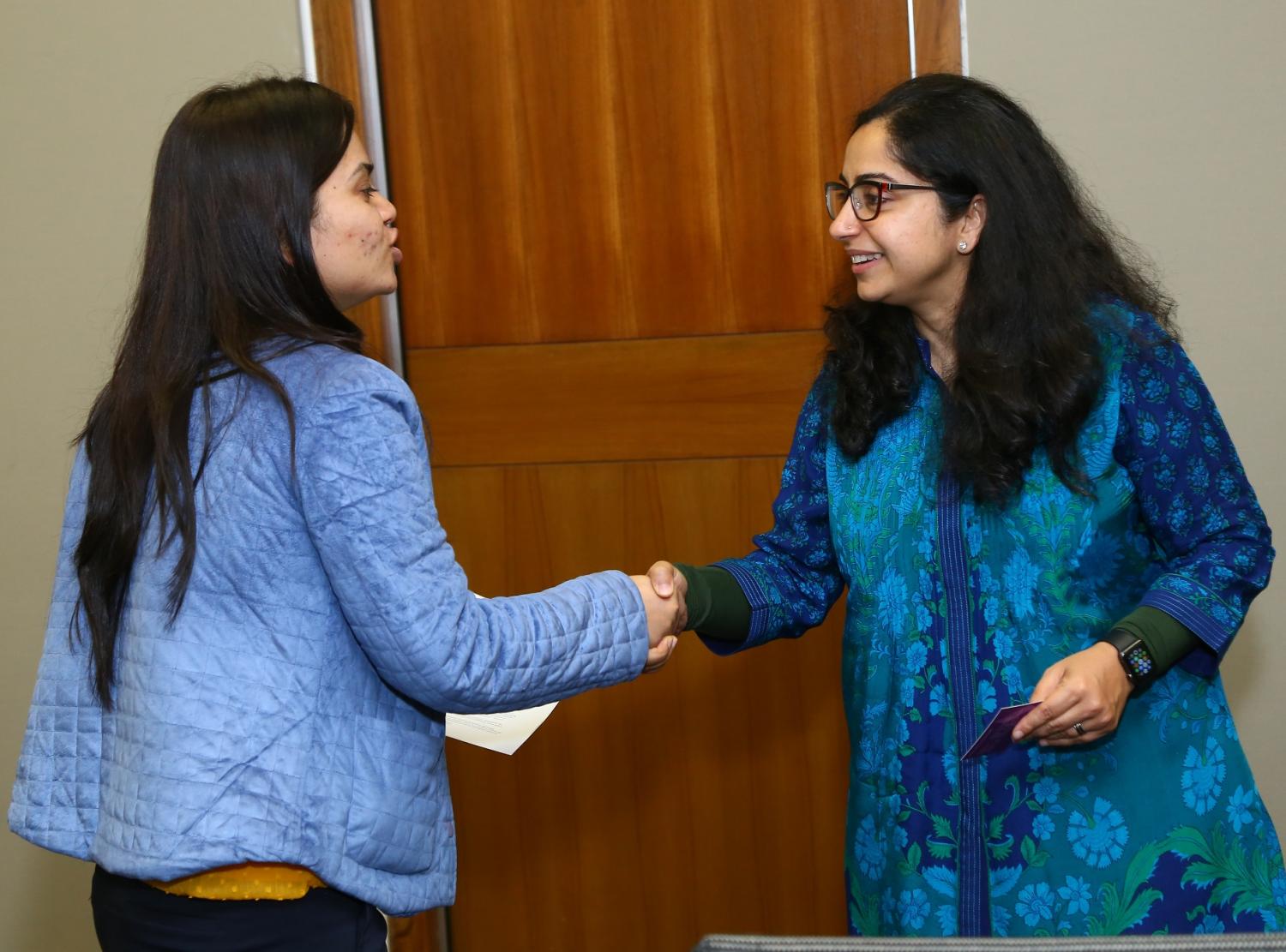
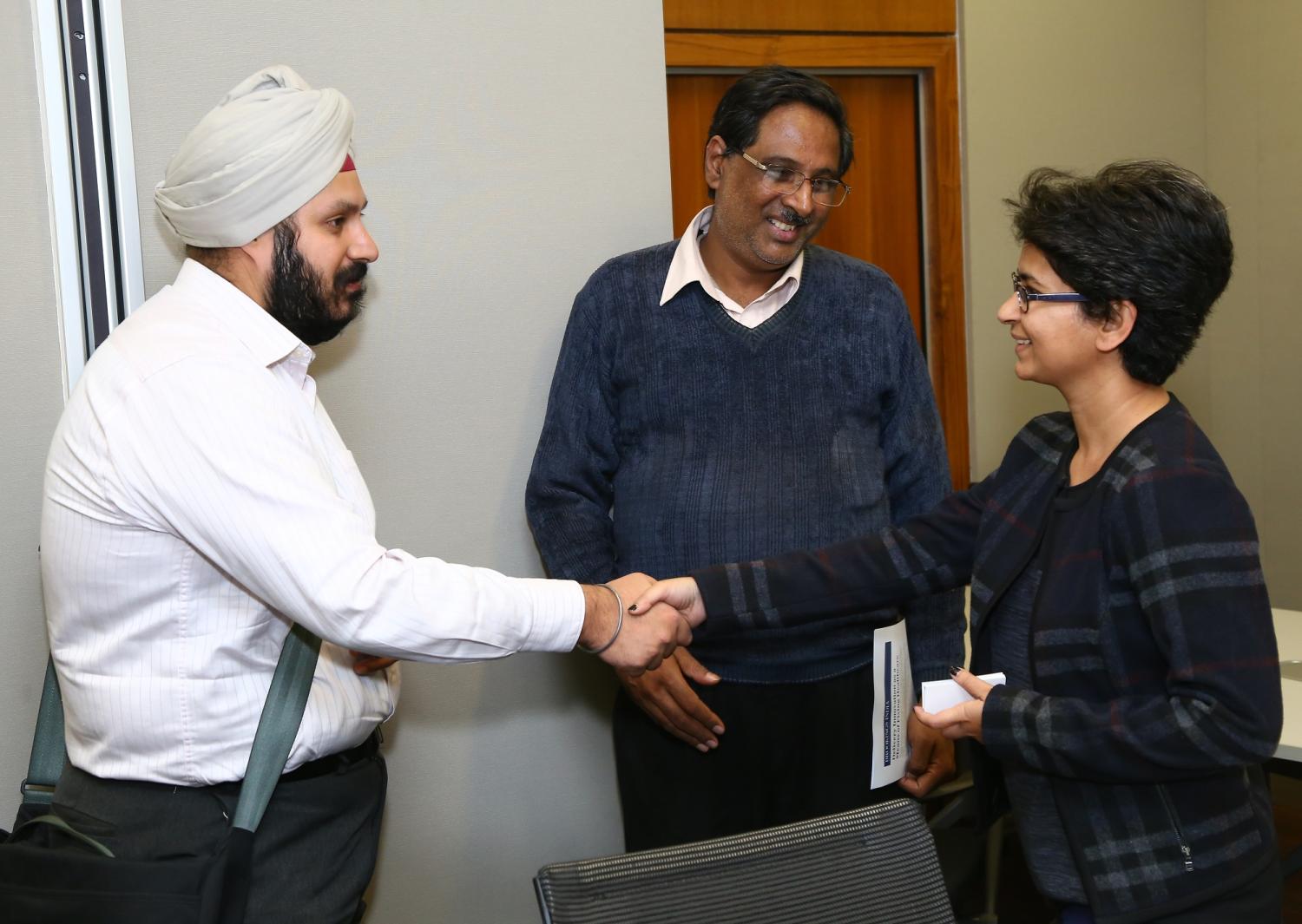
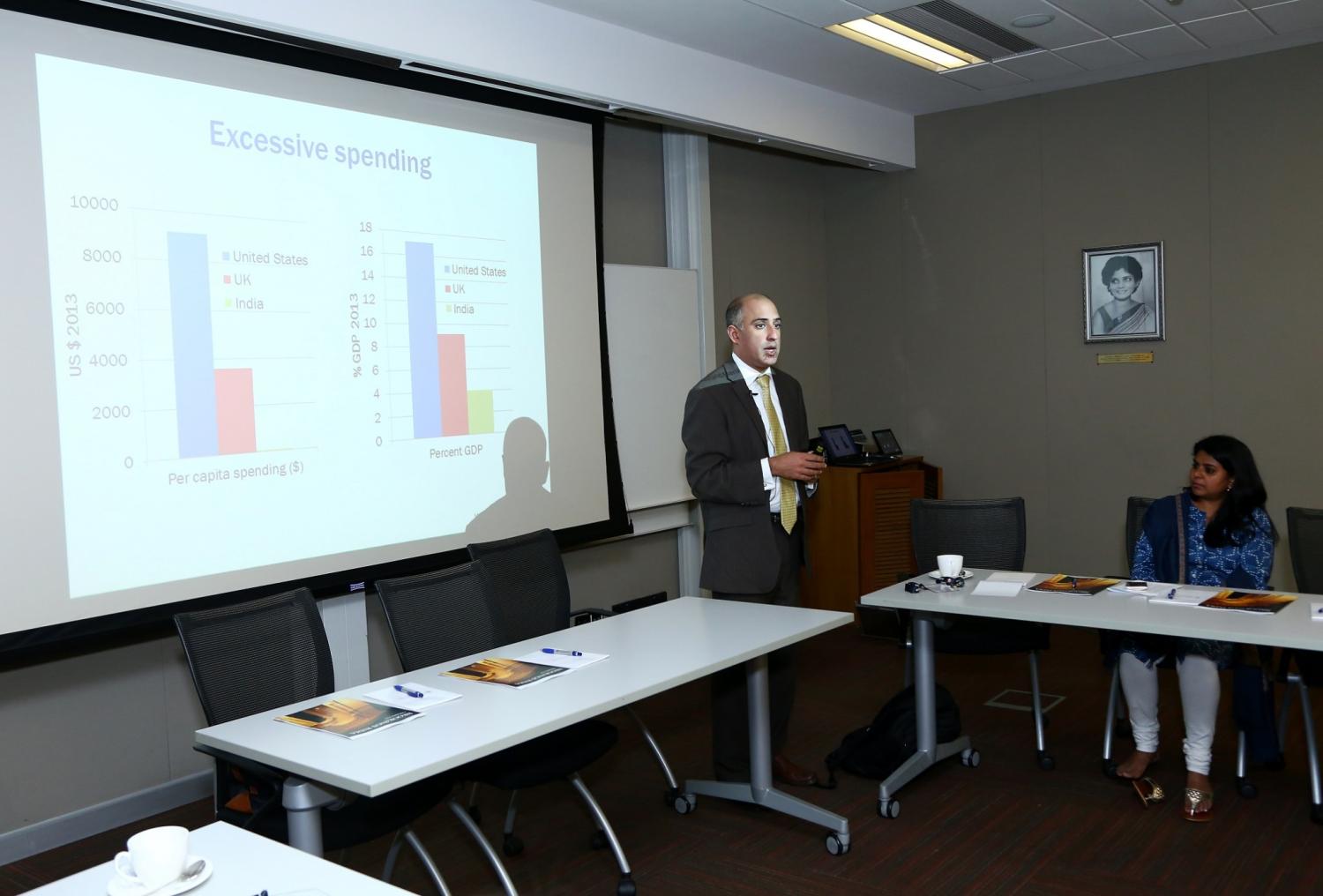
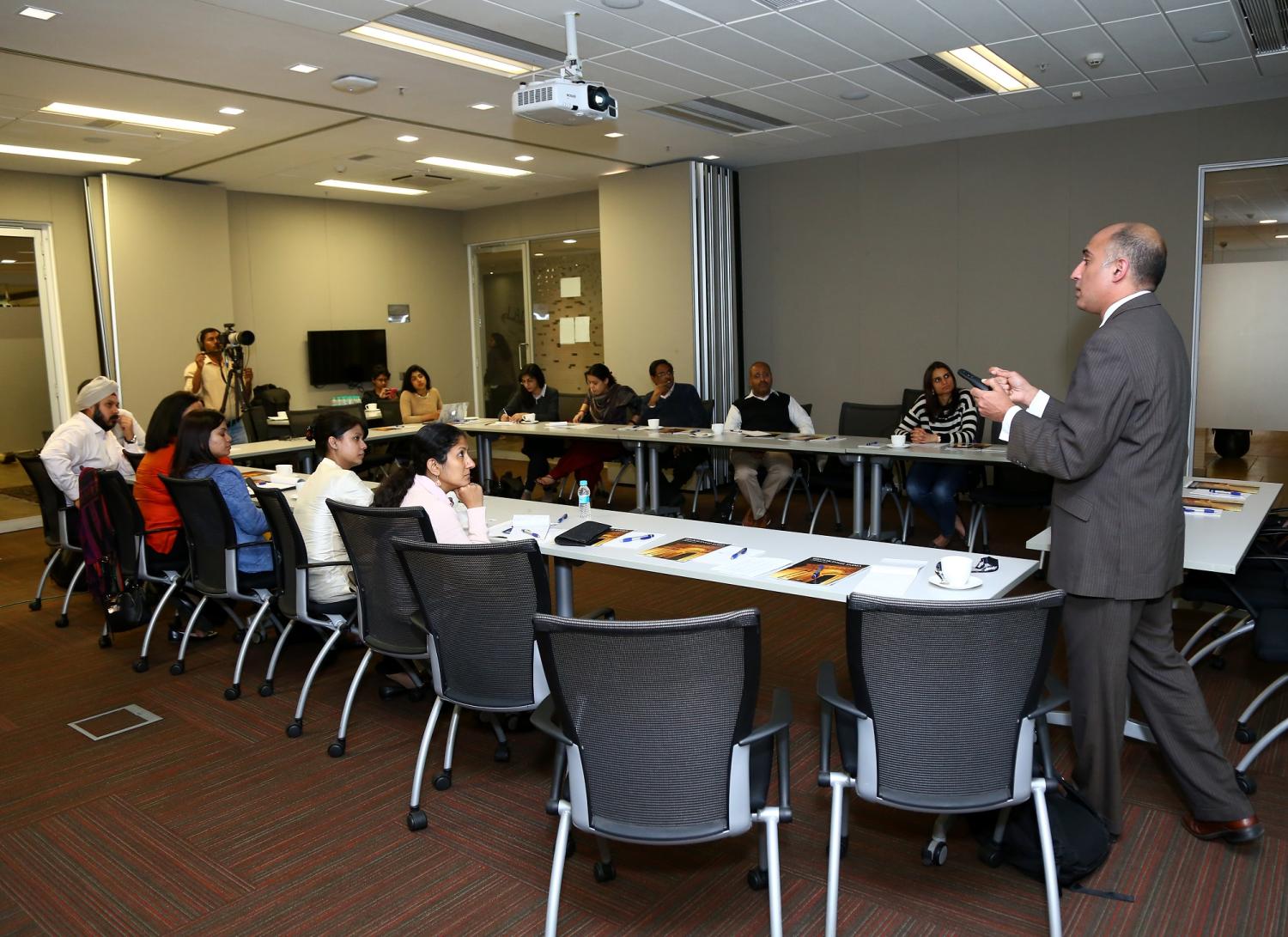
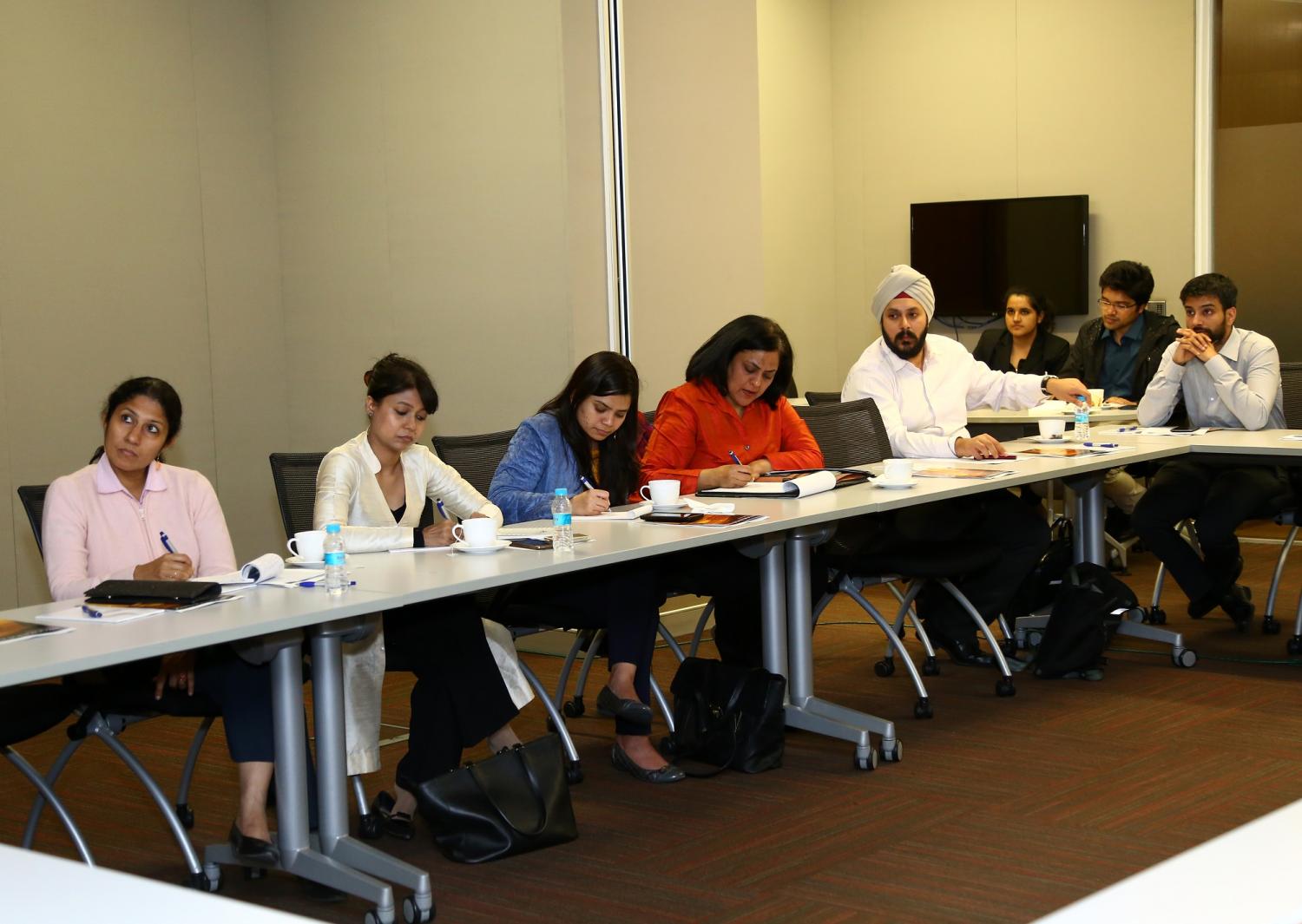
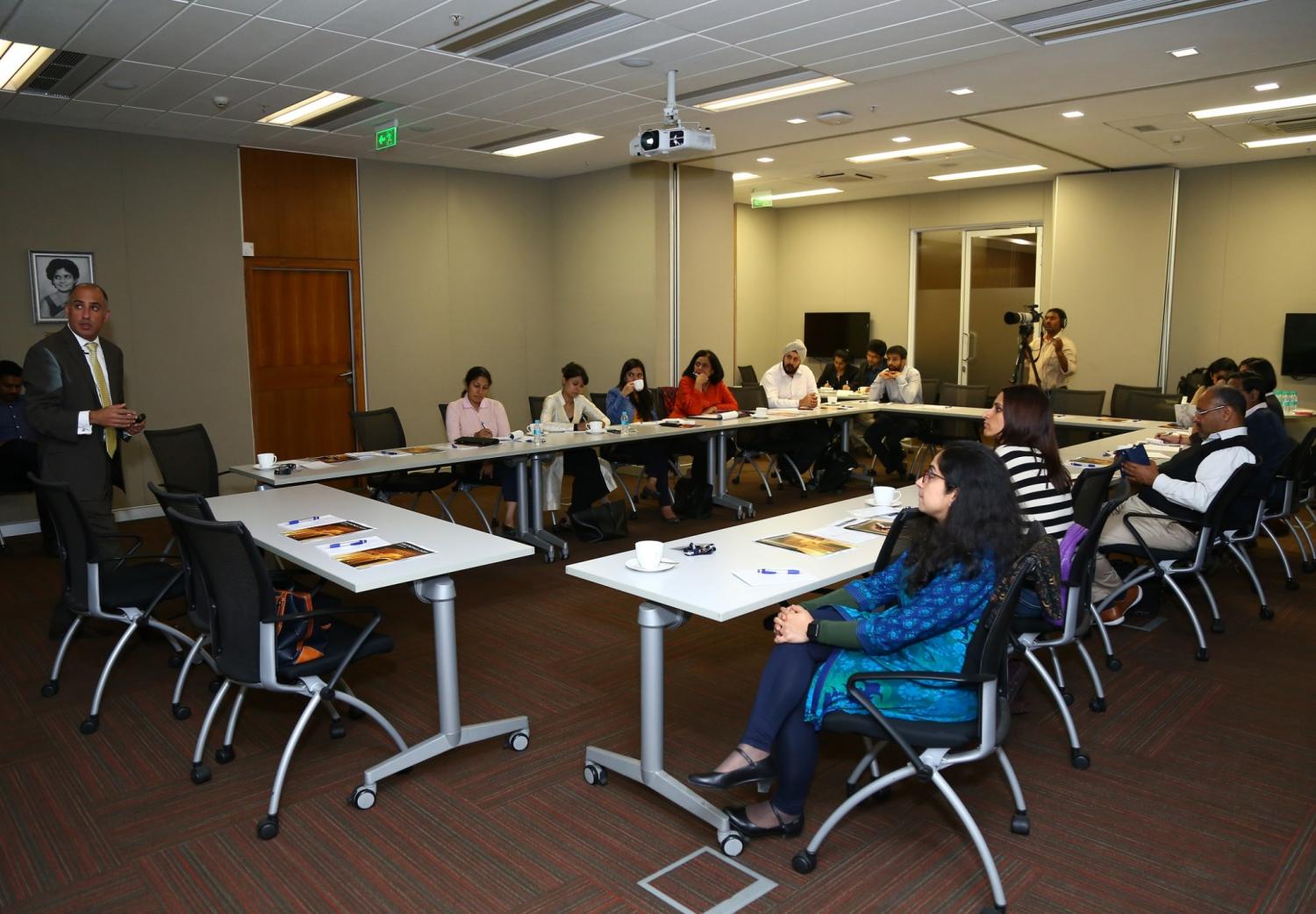
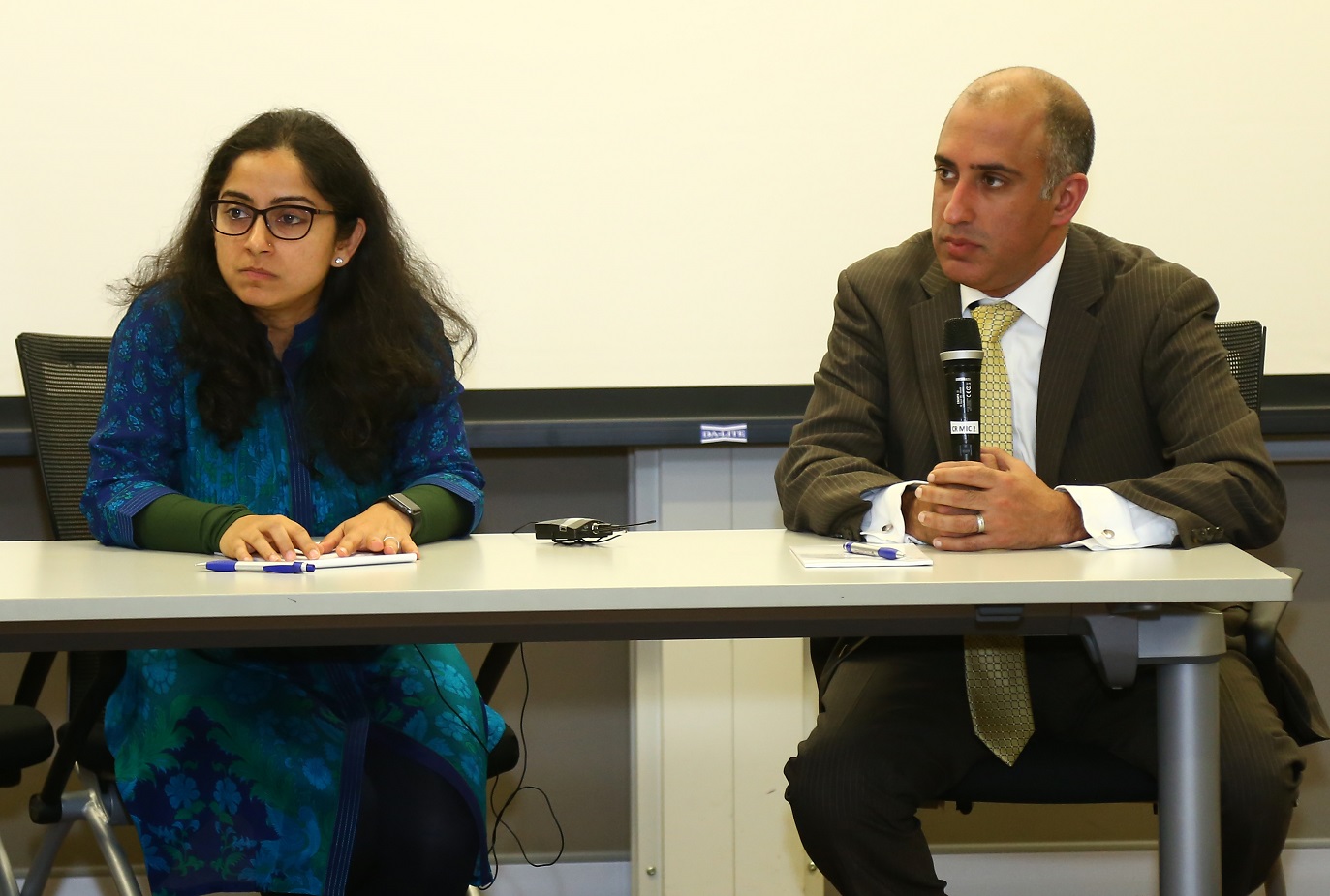
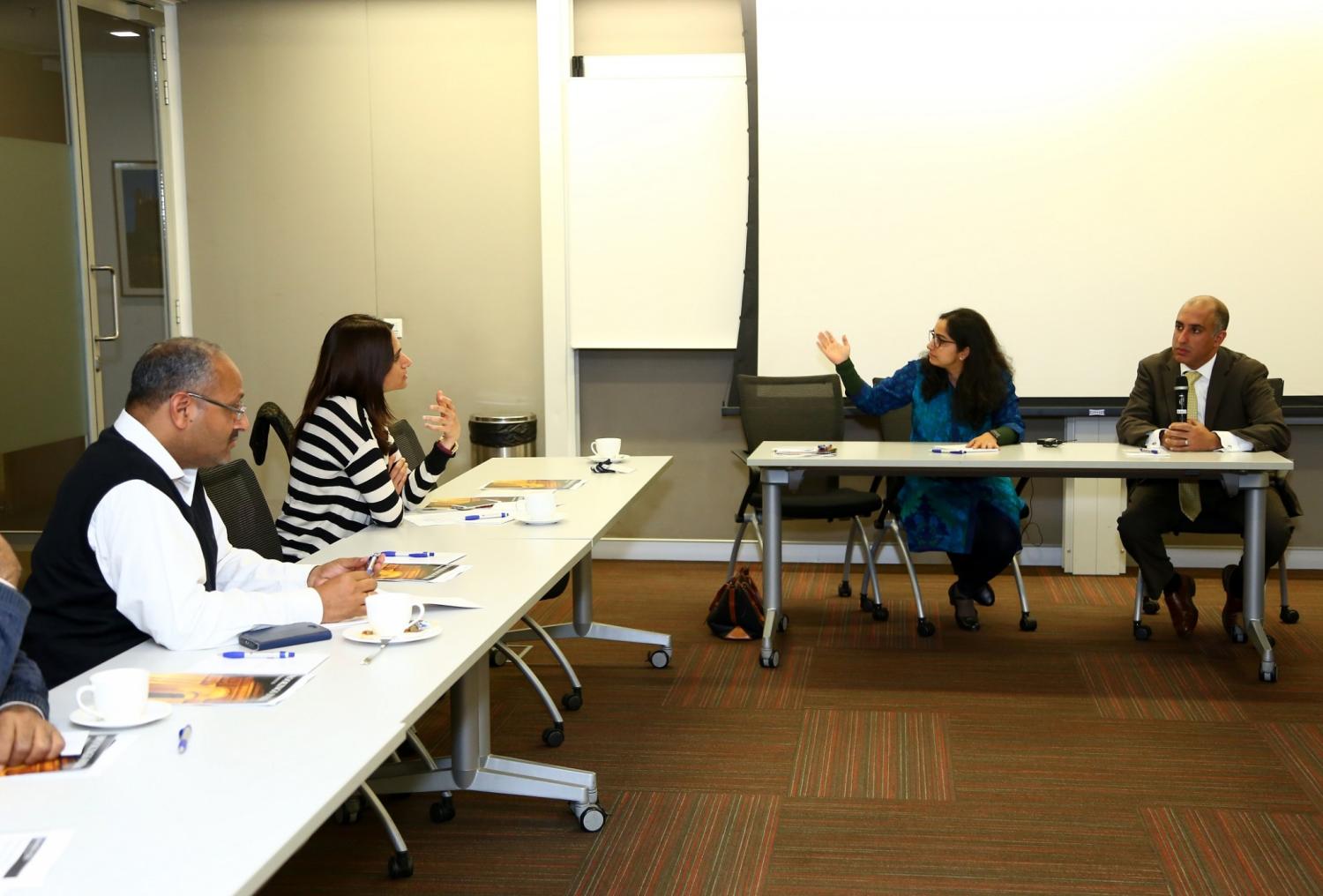
Like other products of the Brookings Institution India Center, this report is intended to contribute to discussion and stimulate debate on important issues. The views are those of the author.

Rahul Tongia, Anurag Sehgal, Puneet Kamboj
2020
Online Only
Tuesday, 3:00 am - 4:40 am IST

Saneet Chakradeo
August 18, 2020